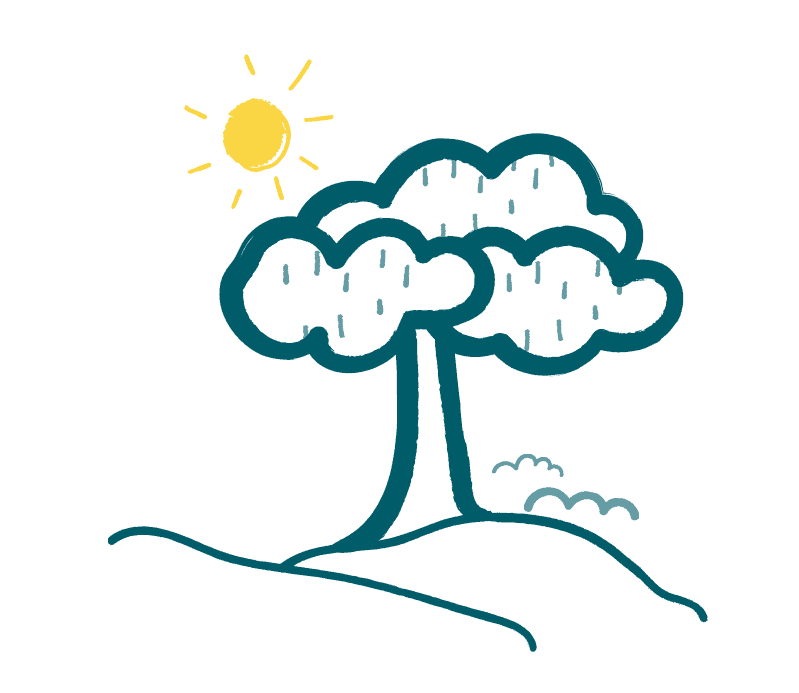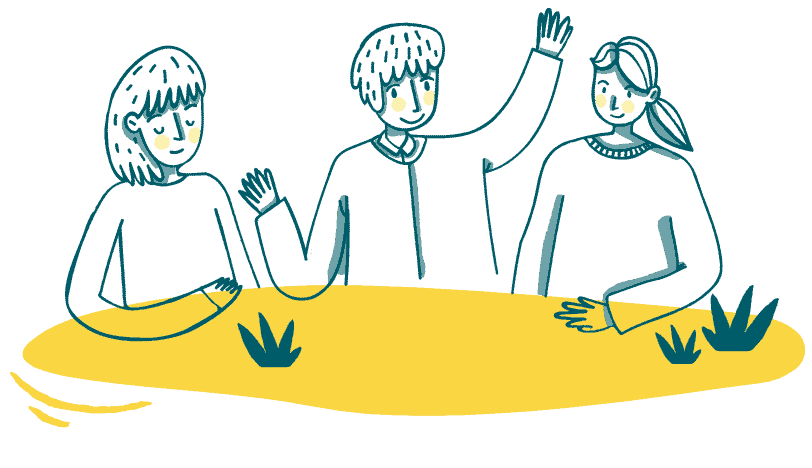According to the Buddhist faith, life is a continuum – the consciousness or the spirit continues even after death through rebirth. The ultimate goal is to liberate the soul from the cycle of life, death, and reincarnation so that it can reach the highest form: the state of Nirvana.
The funeral ceremonies serve to ease the transition and help the spirit enter the next life. Therefore, there shouldn’t be any display of wealth as it goes against the belief of being compassionate and humble. Moreover, family and friends should reflect on the good deeds the deceased has done throughout their life.
Once the person has died, Buddhists ensure that awareness is retained for some period. Hence, the body shouldn’t be moved, touched, or disturbed for a minimum of four hours.
For the spirit to leave correctly, they adequately treat the body by maintaining a compassionate, stable, and calm atmosphere after the person has passed away. Buddhist monks or family members may complement this by chanting and praying after every step of the funeral rite.
After death, the body should receive essential cleaning and remain in everyday clothes.
Although the rules may vary depending on the location and preference, Buddhist funerals are generally simple and peaceful. The ceremony can be held at the funeral home, a family home, or a temple.
If possible, monks should perform Buddhist rites, deliver sermons, and lead chants (sutras). The body is displayed in a simple, open casket with a photo of the deceased. The image of Buddha may also be nearby, as well as candles, fruit, flowers, and incense.
Cremation
After the ceremony, the body may be cremated since the physical part of life (the body) holds little significance to the belief. However, Buddhists aren’t obligated to do so.




